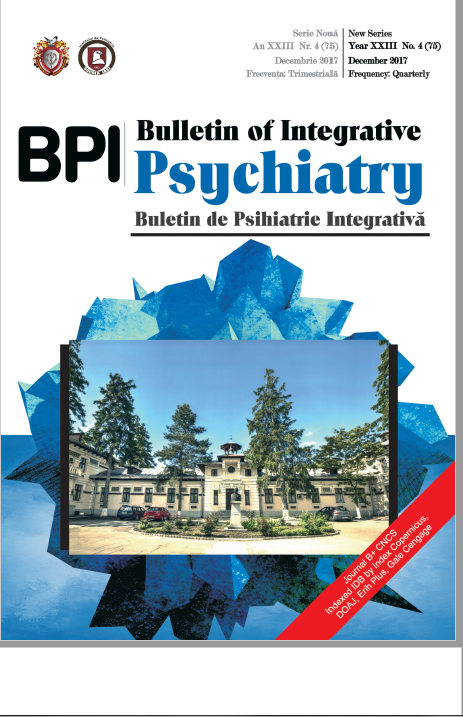Is it aortic valve sclerosis a predictor for bilateral renal artery stenosis outcome in geriatric population?
Is it aortic valve sclerosis a predictor for bilateral renal artery stenosis outcome in geriatric population?
Author(s): Paloma Manea, Cristina-Luiza Gavrilescu, Manuela Ursaru, Corina Urulescu, Irina Jari, Dragoș Negru, Rodica GhiuruSubject(s): Evaluation research, Health and medicine and law, Gerontology
Published by: Editura Sedcom Libris Iasi
Keywords: renal artery stenosis; aortic valve sclerosis; geriatric patients;
Summary/Abstract: Introduction: It’s well-known the fact that aortic valve sclerosis (AVS) is a predictor of increased cardiovascular risk factor, but it’s implication in renal artery stenosis (RAS) outcome hasn’t been deepened. Objective: The purpose was to establish a correlation between aortic valve sclerosis in geriatric patients and renal artery stenosis.Methods: We’ve included 32 patients with bilateral RAS; 17 patients had also AVS (group A) and 15 patients were the control group, without AVS (group B). During 24 months, we followed the occurrence of cardiovascular events (myocardial infarction and stroke), renal failure (serum creatinine level) and heart failure aggravation (echocardiographical parameters). Results: During 24 months, the incidence of acute vascular events was higher among group A, comparatively to group B (confidence interval CI 95 %: 2.85 – 2.25).Renal function was an important parameter in our study; we’ve observed higher serum creatinine levels for the patients with AVS, even both groups had renovascular arterial hypertension due to bilateral RAS and a physiopathological tendency to renal dysfunction (CI 95 %: 2.41 – 2.16). The heart failure prevalence was more prominent in group A than group B, both systolic and diastolic types (CI 95 %: 2.76 – 2.3). C reactive protein (CRP) levels were higher for group A (CI 95 %: 2.62 – 2.41). Conclusions: Our study revealed the fact that AVS promotes unfavourable evolution for the patients with bilateral RAS, extending its influence towards “target” vascular territories: cerebral, renal and myocardial.
Journal: Buletin de Psihiatrie Integrativa
- Issue Year: 75/2017
- Issue No: 4
- Page Range: 89-93
- Page Count: 5
- Language: English

